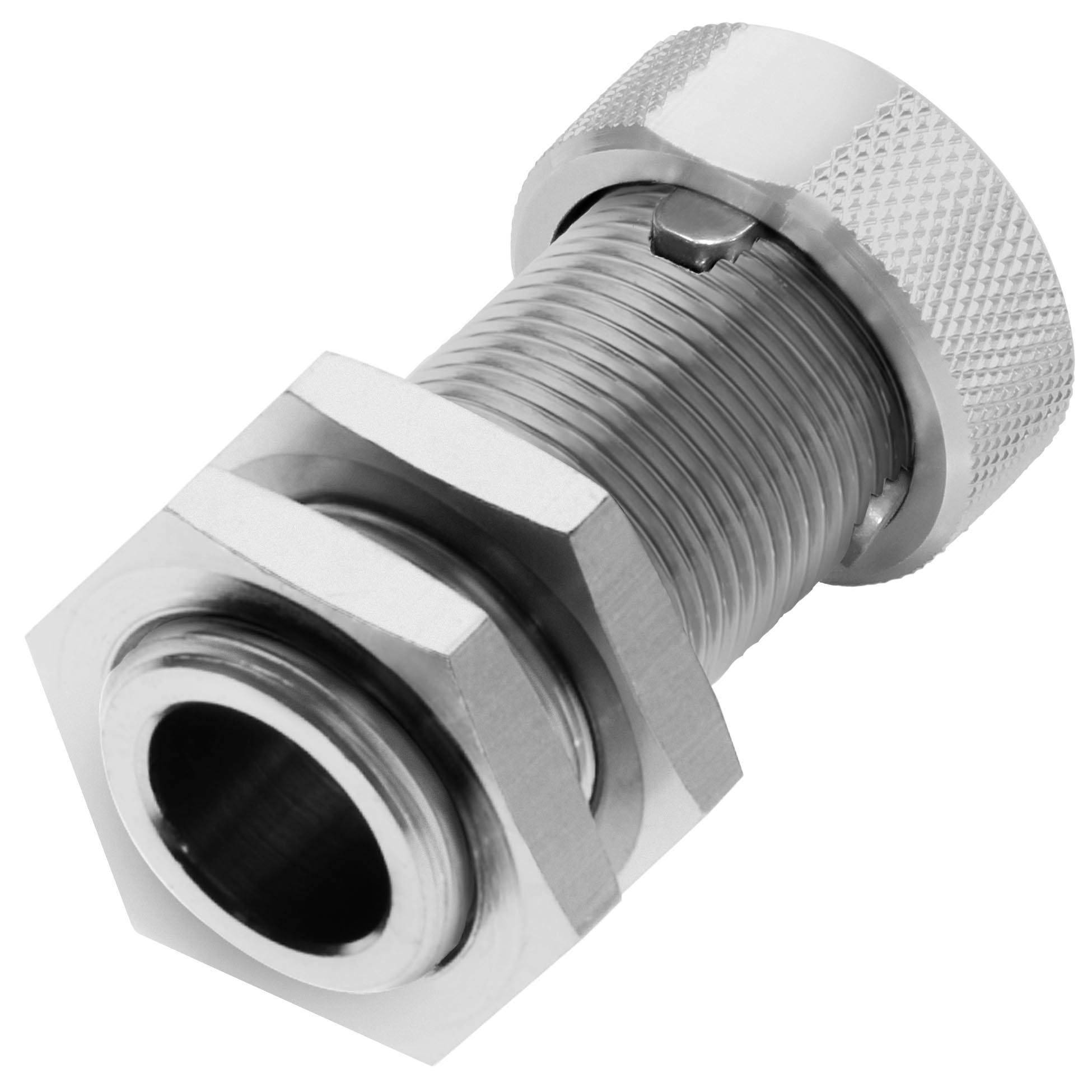So, you’ve figured out the best way to detect the product shuttle paddle in your cartoning/packaging machine needs a visible red laser distance sensor. It’s taken some time to validate that this is the right sensor and it will be a reliable, long-term solution.
But then you realize there are some mechanical issues involved with the sensor’s placement and positioning that will require a bit of customization to mount it in the optimal location. Now things may have just become complicated. If you can’t design the additional mounting parts yourself, you’ll have to find someone who can. And then you have to deal with the fabrication side. This all takes time and more effort than just buying the sensor.
Or does it?
Off-the-shelf solutions
It doesn’t have to be that complex. There are possible off-the-self solutions you can consider that will make this critical step of providing a reliable mounting solution – possibly as straightforward as choosing the right sensor. Multiple companies offer sensor mounting systems that accommodate standard sensor brackets. Over the years, companies have continued to develop new mounting brackets for many of their sensor products, from photoelectric sensors and reflectors to proximity sensors to even RFID heads and linear transducers.
So it’s only natural to take that one step further and create a mounting apparatus and system that not only provides a mounting bracket, but also a stable platform that incorporates the device’s mounting bracket with things like stand-off posts, adjustable connection joints, and mounting bases. Such a flexible and extensive system can solve mounting challenges with parts you can purchase, instead of having to fabricate.
Imagine in the example above you need to mount the laser distance sensor off the machine’s base and offset it in a way that doesn’t interfere with the other moving parts of the cartoner. Think of these mounting systems and parts as a kind of Erector Set for sensing devices. You can piece together the required mounting bracket with a set of brace or extension rods and a mounting base that raises the sensor up and off the machine base and even angles it to allow for pointing at the target in the most optimal way.
The following are some mounting solutions for a variety of sensors:
These represent only a small number of different ways to mix and match sensor device brackets and mounting components to find a solid, reliable and off-the-shelf mounting solution for your next mounting challenge. So before considering the customization route, next time take a look at what might already be out there for vendors. It could make your life a lot simpler.











